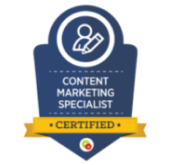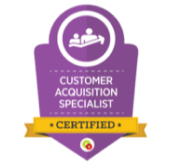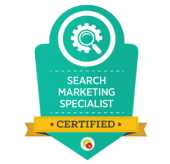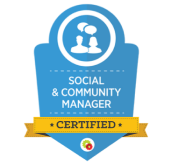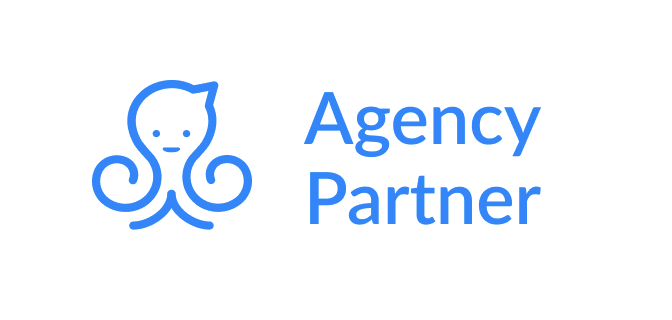All teachers need to see is FAQs on your website, right?
You know the kind of questions you always get asked by teachers. And FAQs are the perfect way to help them self-service.
It keeps costs down for you, and gives your customers a quick win.
Job done.
But it’s not much of a differentiator is it?
Customers demand more. And you are missing a big trick if you don’t provide it.
It’s time you invested in an experience hub to delight your prospects and customers.
What is an experience hub?
There are two main types of hubs that teachers will appreciate – a “customer success hub” and a “brand hub“.
Both can be microsites or dedicated areas of your website that showcase your brand’s authority, and demonstrate your expertise on subjects relevant to your target audience.
What is a 'customer success hub'?
An ‘customer success hub’ is all about managing and supporting your customer’s experience with your product or service.
It straddles product and marketing.
It should cover everything from onboarding to invoicing cycles to product help. Sure, you can prompt activity through an email onboarding experience but emails, once sent, cannot be changed. A hub can be updated and expanded alongside your product.
For example, when a teacher registers for a free trial, it’s incredibly useful to have a place where they can find what they need to navigate the platform, use the product features, and get the most out of their trial experience.
But it can go further with community features, team help videos, social media integrations, chat bots, and personalised messaging. It can also hold student and activity data dashboards.
For one of our clients, their new experience hub has contributed to a 60% conversion rate as part of their free trial offer for teachers.
What is a 'brand hub'?
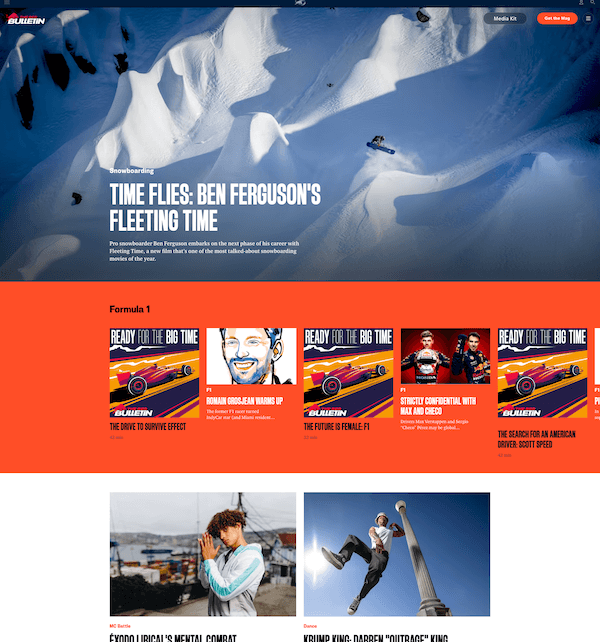
A brand hub isn’t a place to sell your products or services BUT it can holistically support your brand, like Patagonia’s Blue Heart, Red Bull’s Red Bulletin page, and Manifest’s Itch page.
These companies have built interesting and exciting community-facing content that adds energy to their brand.
They recognise what motivates and interests their audience’s desires and lifestyle and they have created content to match them.
It’s marketing, yes. But it’s offered up without obligation and in support of the values of the community.
This strategy isn’t limited to “cool” consumer brands. Teachers will also act more warmly (and loyally!) to edtech and education companies that build helpful and stimulating content and experiences that go beyond the product.
Boost your educational marketing by aligning with your customer's values
People often take their values into account when choosing which product to buy.
Consumers might select a product made from environmentally-friendly materials or one that is produced in a fair-trade setting.
In some cases, teachers may even choose to buy a product made by a company that donates a portion of profits to social causes.
Additionally, some schools might opt for a product with a low carbon footprint or one that was made without animal testing.
These are the kind of stories you need to tell in your experience hub.
Ultimately, teachers are “consumers” too and will seek products that align with their values when making decisions in their professional lives.
The benefits of investing in an experience hub
A home for your content
Your business probably produces content all the time.
Tweets, infographics, blog posts, videos etc.
Having a structured space to present and archive those materials is a powerful way to maintain loyalty and improve SEO.
One central digital location
An experience hub is more than a blog.
Direct your prospects and customers early on in the process to your hub, so they can find valuable content in a more digestible and searchable format.
Evergreen content
What if you’ve added/ changed features and you need to update a downloadable piece of content you’ve already sent out?
It’s SO easy to refresh content and links in the hub, and direct educators to the updated version. This way they don’t miss out on any new info.
Liked this? Then you might like these...

Is your marketing stuck in stock photography hell?
Stop using boring stock photo cliches on your website and marketing materials with these ways to break out of stock photo hell.

Is a ‘customer first’ culture actually a good marketing strategy?
Are you building a customer first culture? Going above and beyond for customers is a solid gold marketing strategy.



